O statuetă antropomorfă recent descoperită la Şeuşa – În Grui (com. Ciugud, jud. Alba)
Author(s): Marius Mihai Ciută / Language(s): Romanian
/ Issue: 8/2017
Keywords: anthropomorphic statuet; Coţofeni culture; ritually; Late Copper Age/Chalcolithic
The present paper brings to the attention of those interested in the study of the phenomenon of the spirituality of the peoples from Eneolithic Age from Transylvania –more specific on the Middle Mureş Valley – an item presented here (Fig. 3-4). It is about a specific artefact: an anthropomorphic clay idol (statuette), discovered in February 2017, during a surface survey inside a recently signaled archaeological site at Şeuşa – În Grui (Ciugud Commune, Alba County). The site belongs to the Coţofeni culture (Fig. 1-2).The author presents the place of the discovery, with characteristic geo-morphological elements, and the specific characteristics of the piece. Besides, the characteristics mentioned above it is obvious that they belong to the final phases of this phenomenon in the area, namely to the so-called “Late Coţofeni culture”. The research carried out at a series of archaeological sites showed the presence of the Transylvanian Depression.The piece has a maximum height of 5.6 cm, a maximum width of 4.5 cm, and a thickness of 1 cm. It generally has the shape of a flattened, molded plastic full of smoothing/rolling except for the head, played in the form of a disc, sloping obliquely on the character's neck. The disk that represents the head narrows towards the extremity (circumference), taking on the appearance of a relatively sharp edge. The right-hand side of the head is missing, but it is also presumed that there would have been no decoration elements, as shown by the left-hand half retained very well, well polished, which has at the lateral end a vertical-transverse perforation of the disc, representing the character's ear (or eye). The arms start to the side, oblique, slightly raised, missing the extremities.The artefact belongs to the category most frequently found in the cultural phenomenon, the disc-shaped head, slanting obliquely on a short, flattened body, with the two short arms raised and the lower circular part (Fig. 3-4). Although it lacks the sexual attributes (breasts, pubic triangle, etc.), it is supposed that the character represented (in a canonical manner as we will see) is most likely a woman. It is basically a variation of the ornament, the adorator, associated with a supposed cult reminiscent of fecundity and fertility, preserved from the earlier epochs of the stone.The presence of human plastic representations in archaeologically researched Coţofeni settlements – having a most likely cultural destination/functionality – proves to be extremely rare. Thus, in strictly statistical terms, we notice that in the 24 years since the first monographic publication of the Coţofeni culture and until the resumption of its problem – this time for a narrow geographical area, only for the territory of Transylvania and Banat – we have recorded an increase of their number with only 10 pieces! The extremely low number of anthropomorphically shaped pieces – in the current conditions of more than 1000 habitations/discoveries of Coţofeni – was also the reason why the problems raised by them, their functionality and their meanings be treated briefly by the authors, sometimes even expeditious.The nearest analogies of our statuette are found in the geographical area of the Mureş Valley, Straja and Lopadea Veche, Unirea, Şeuşa – Gorgan and Câlnic. Analogies also occur in the case of more distant discoveries such as Leliceni and Boarta – in the manner of playing the head and the flat body.As we have seen in a recent study dedicated to the anthropomorphic plastics of Şeuşa – Gorgan, an observation to be emphasized is that of the fragmentary state of the anthropomorphic plastic piece from the site Şeuşa – În Grui, which is included in the note general in the area of this culture. Fragmentation of statuettes was a common practice in prehistoric communities. This fragmentation could occur either during the ceremonies of worship or after, followed by the abandonment of the pieces. Old statuary crashes are confirmed by the uniform deposition of calcium carbonate on these surfaces, similar to those not affected by crashes.
More...
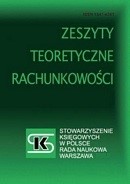

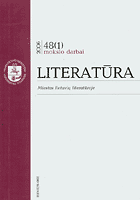
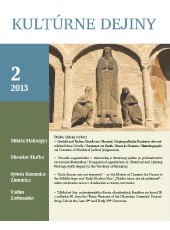
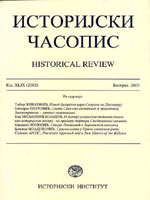
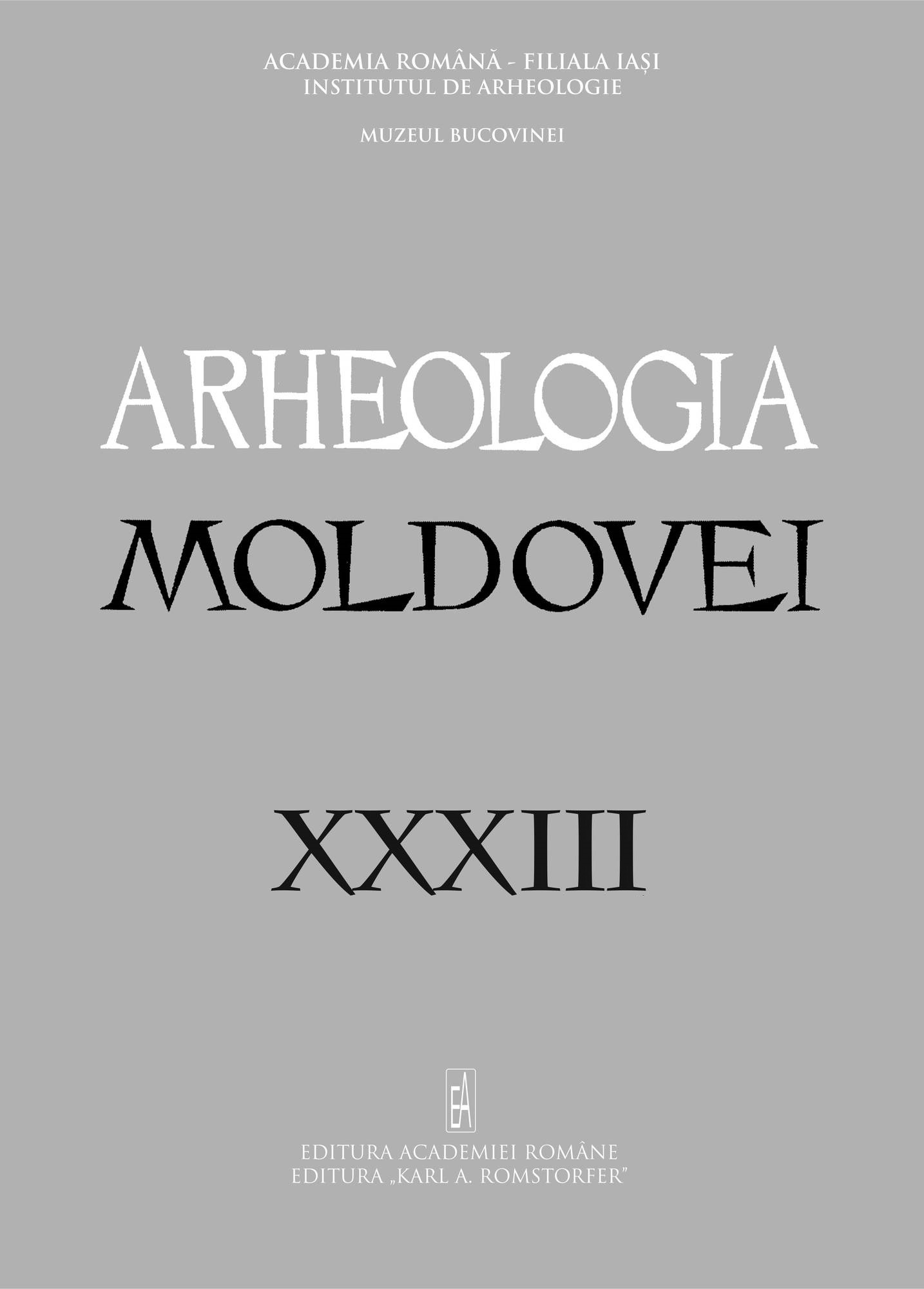
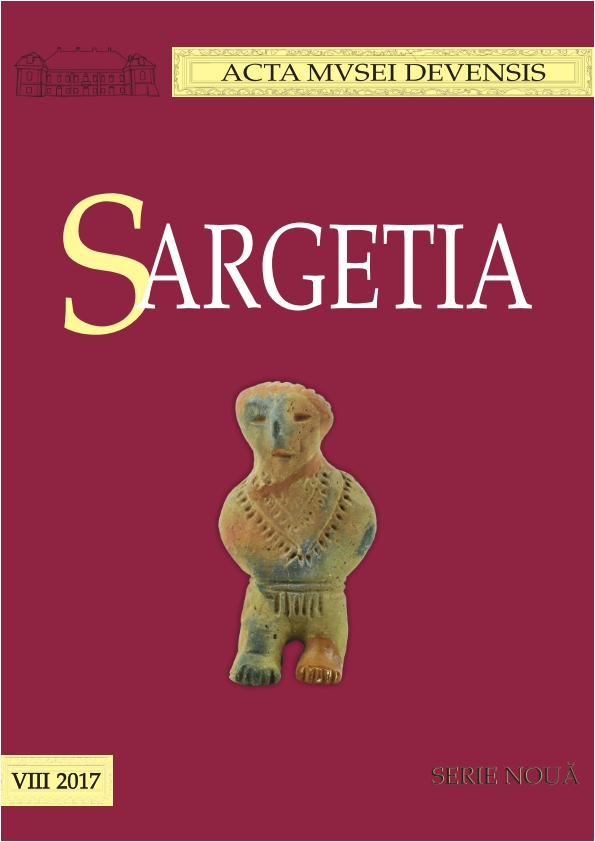
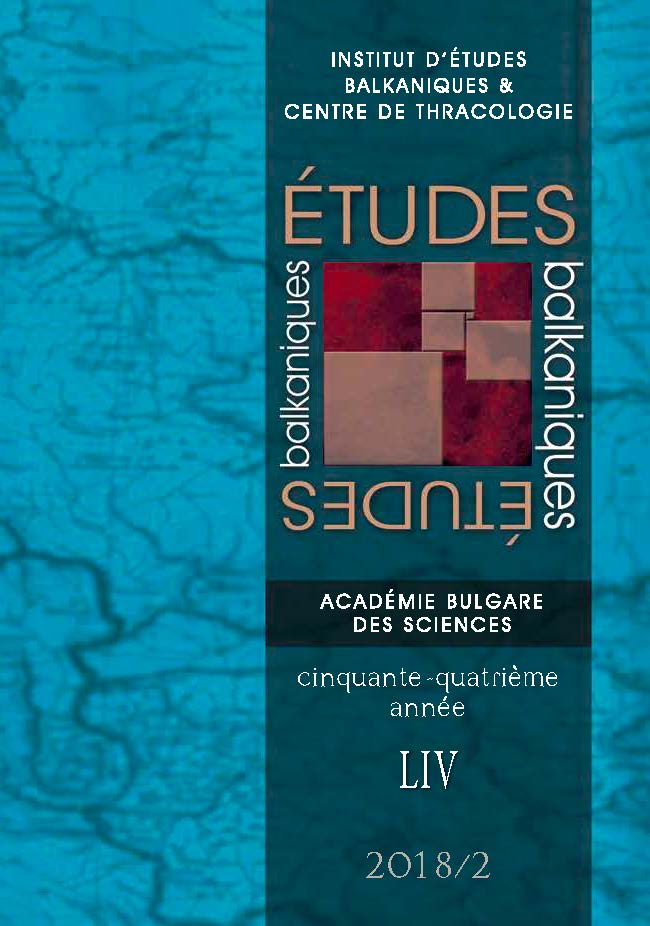
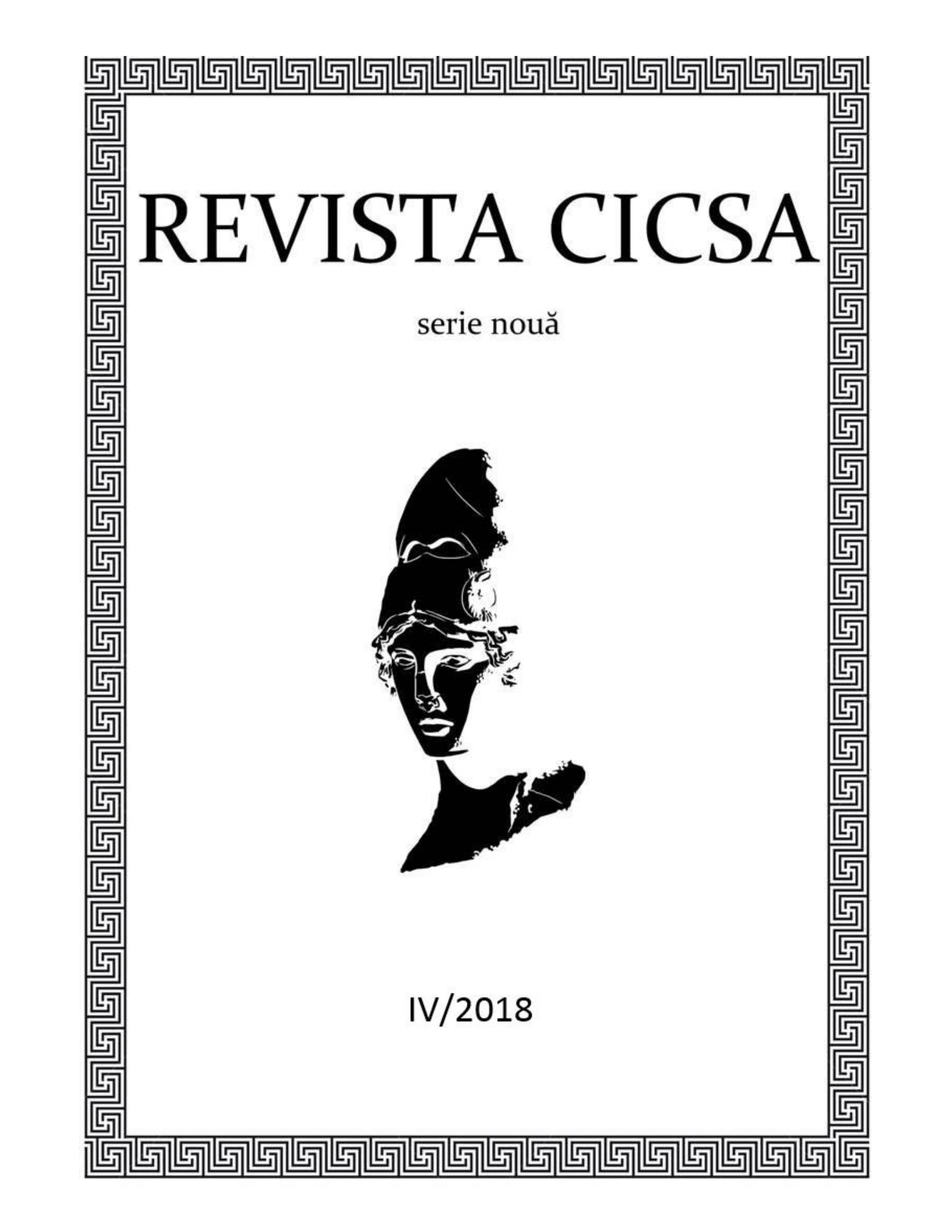
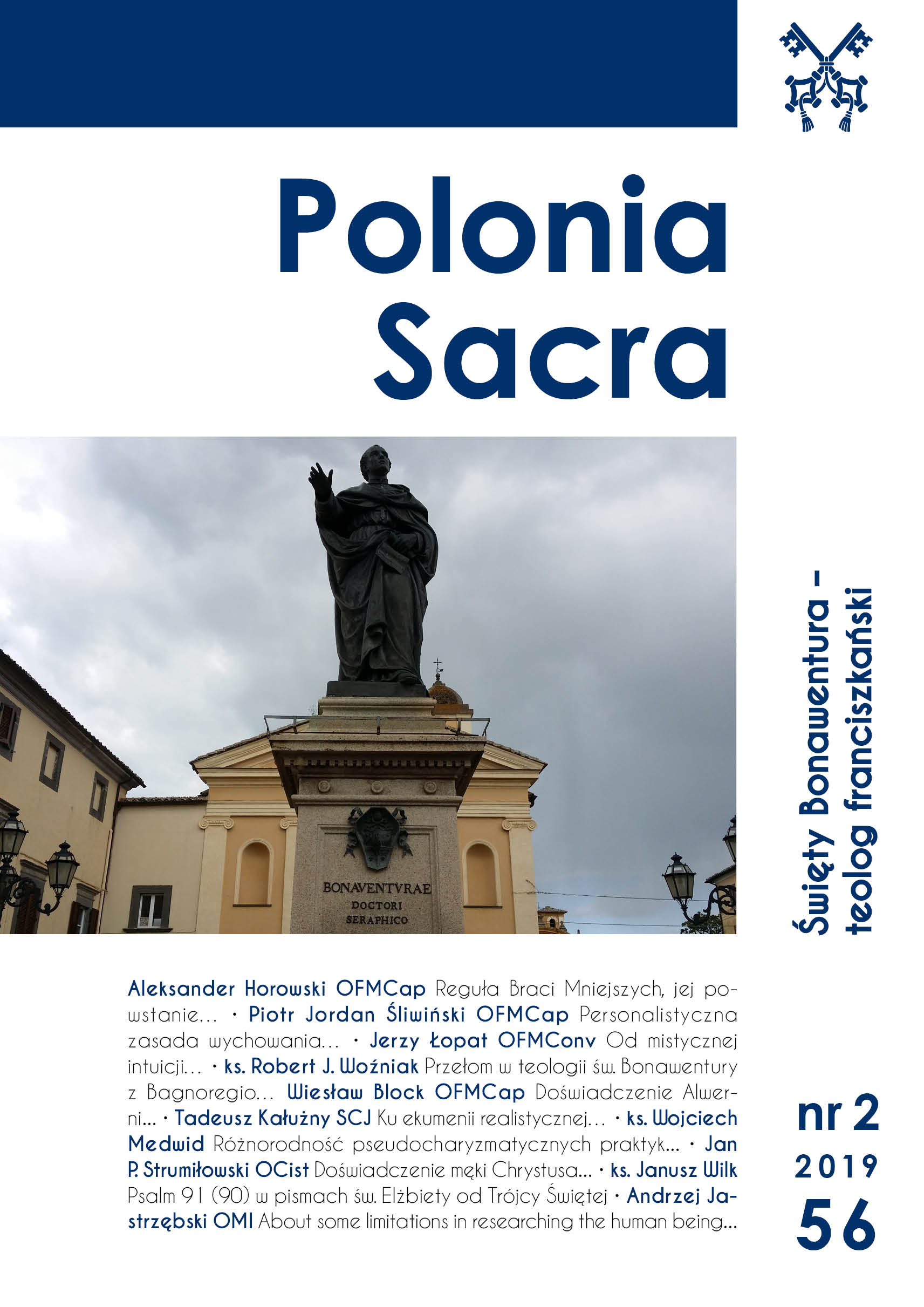
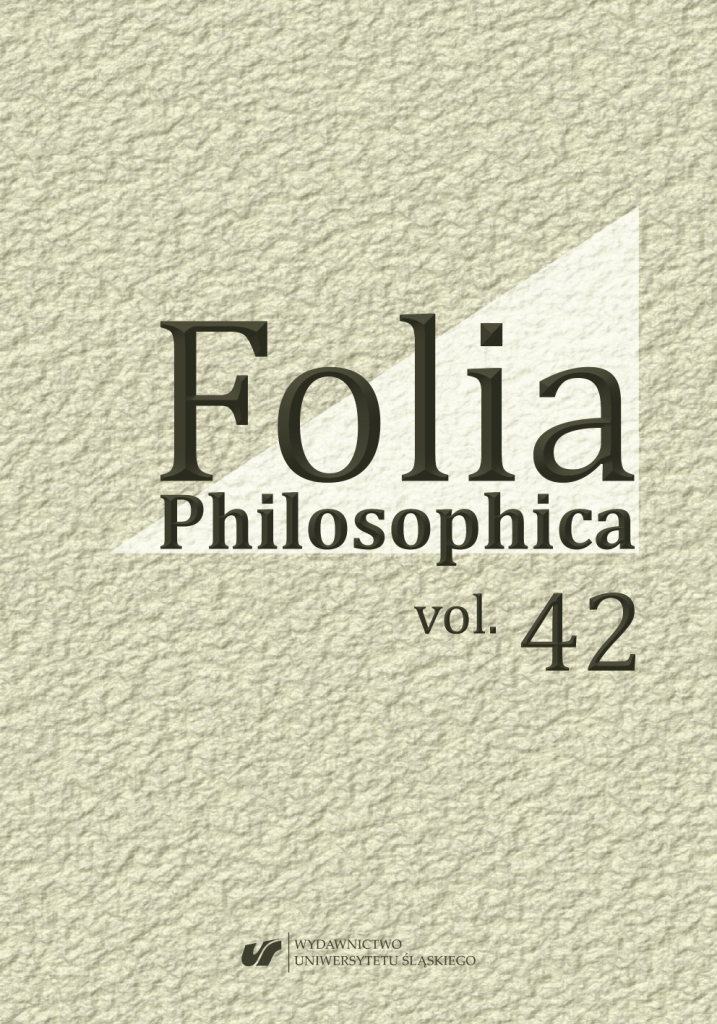
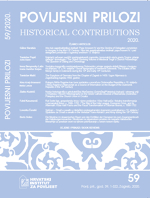
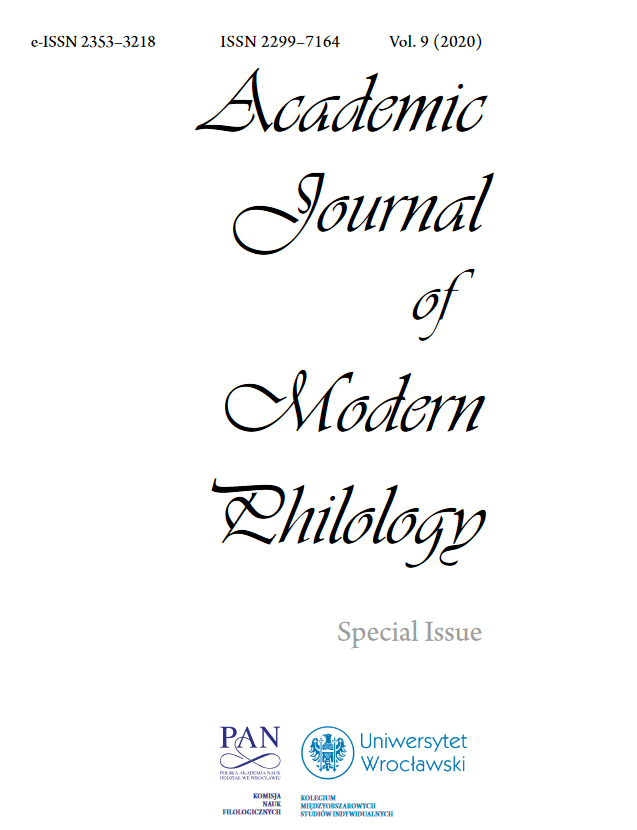

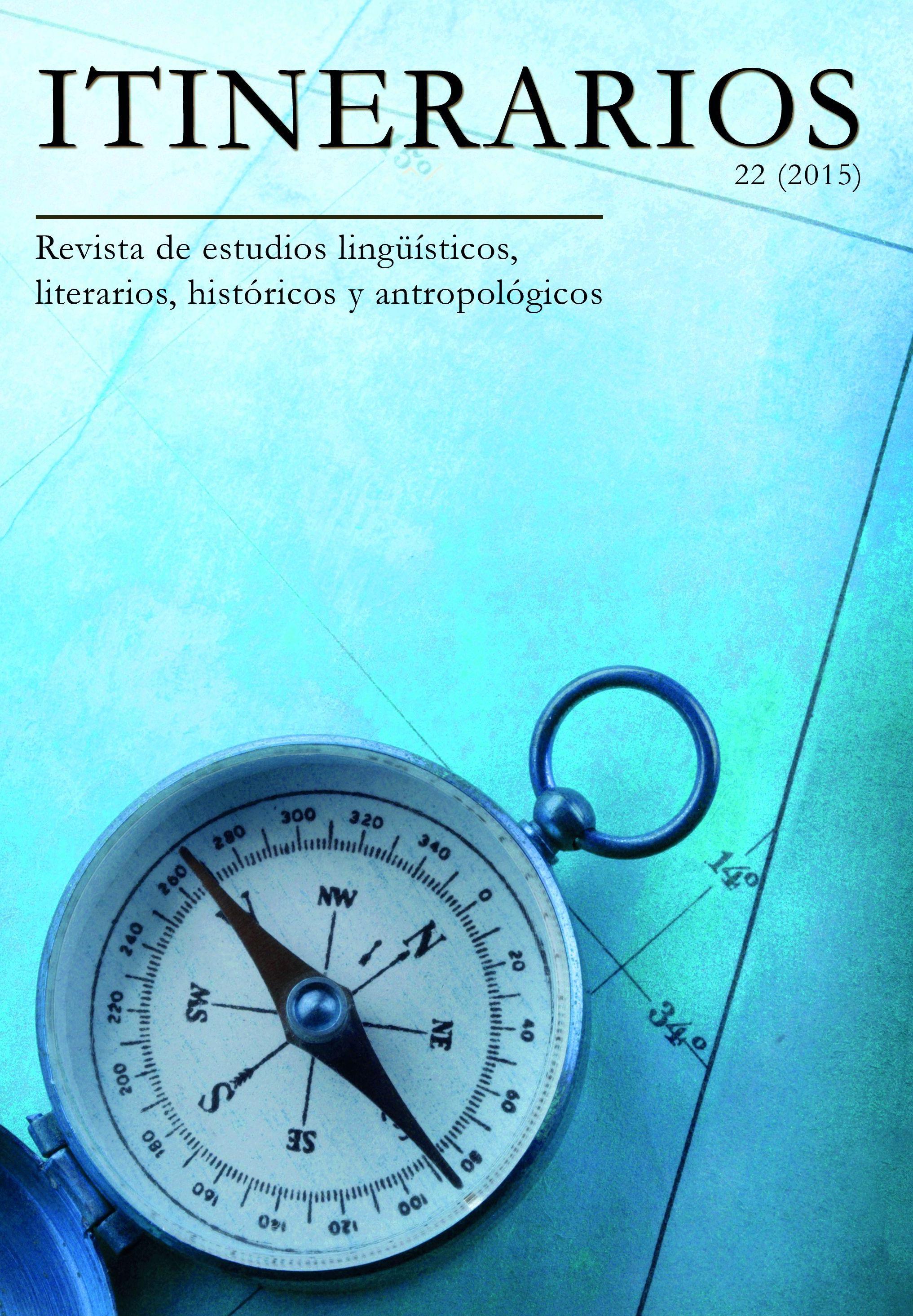
![Studeamus, fratres carissimi, studeamus tam gloriosae civitatis cives esse
The three sermons of Richard of Saint Victor from his Liber exceptionum [II, X, 1-3] – introduction, translation, commentary](/api/image/getissuecoverimage?id=picture_2020_65276.png)